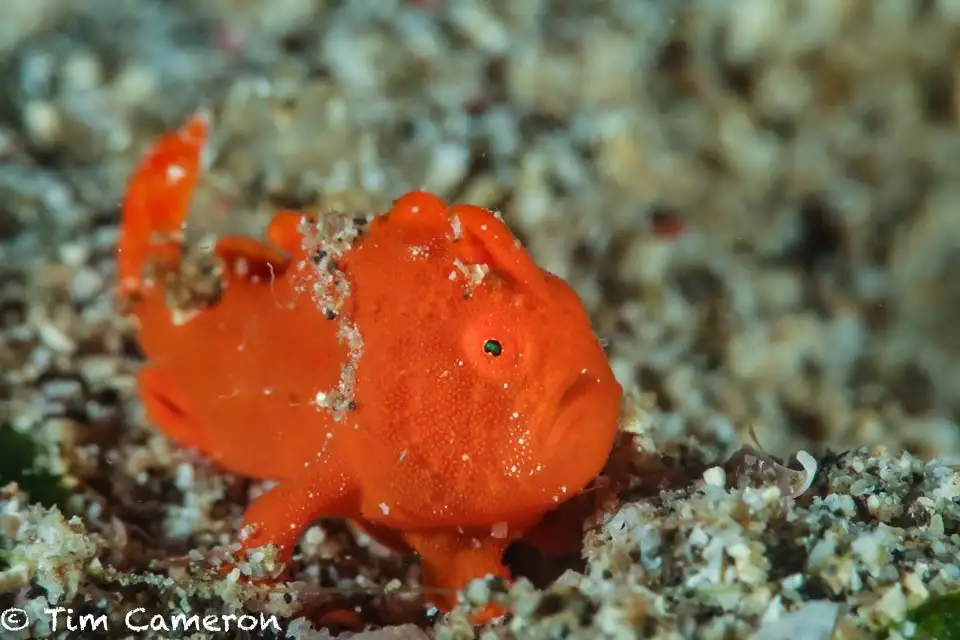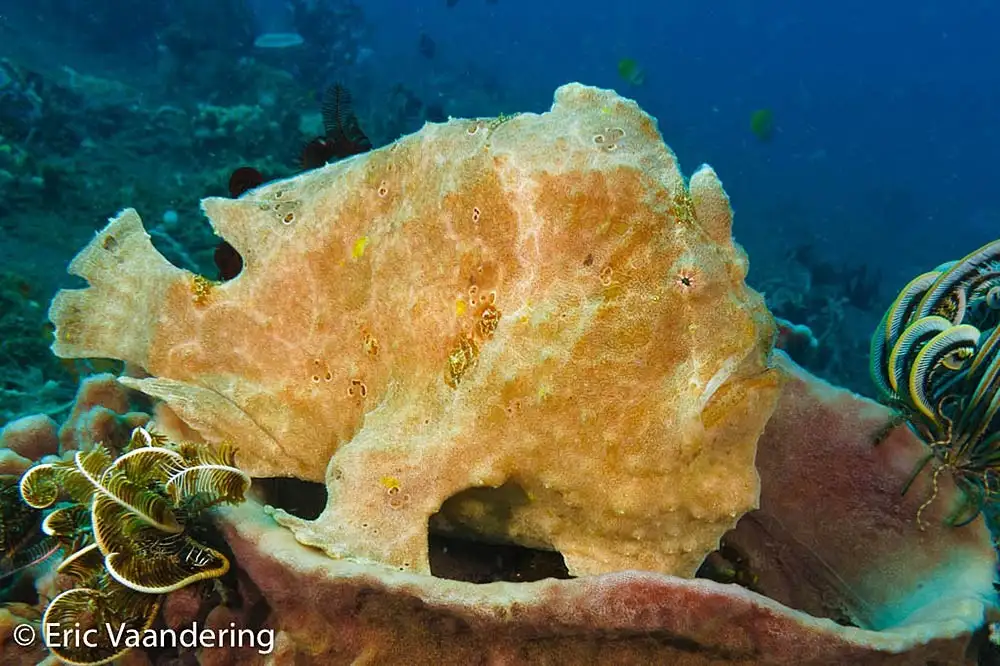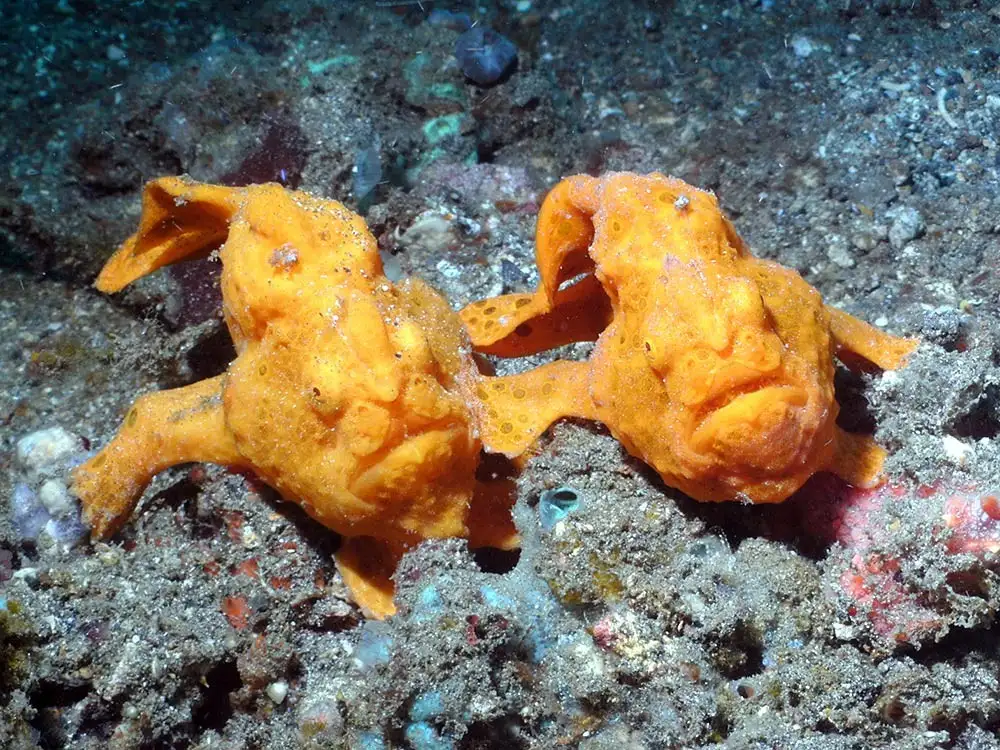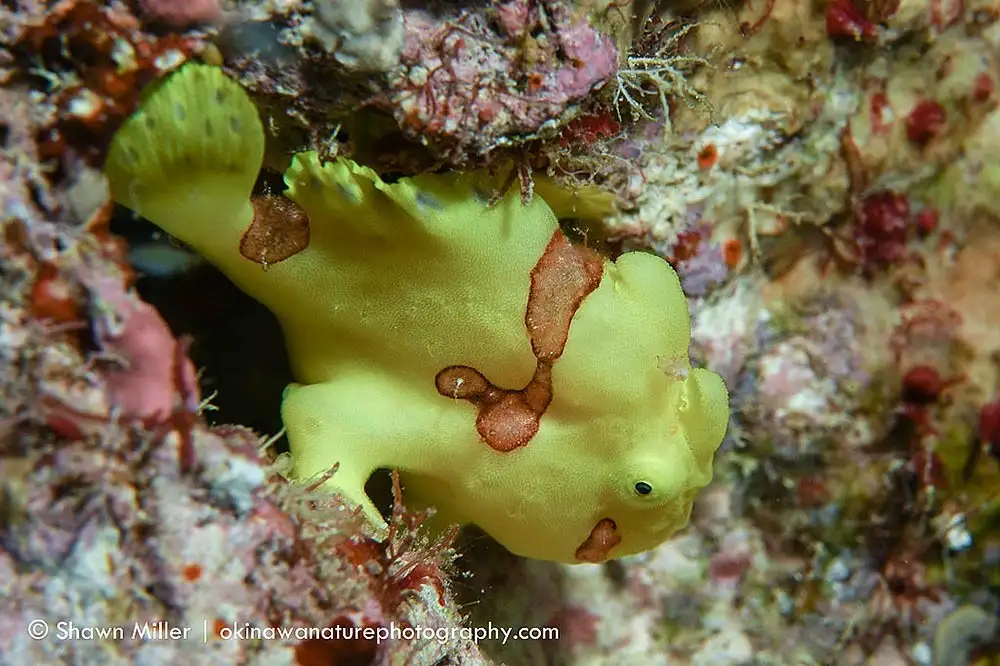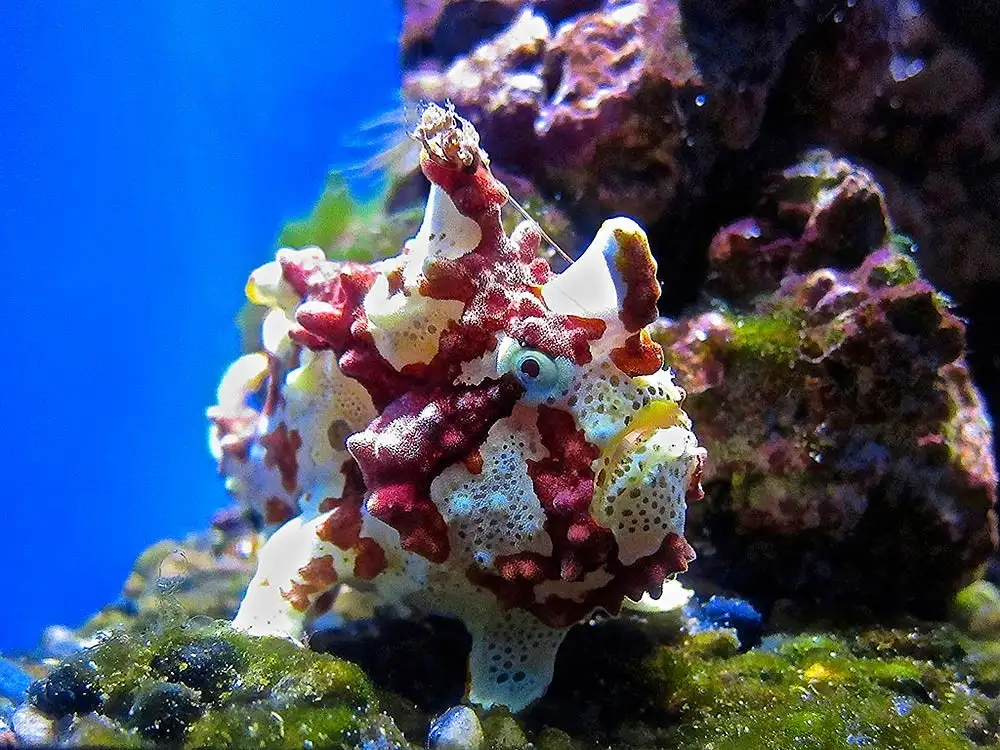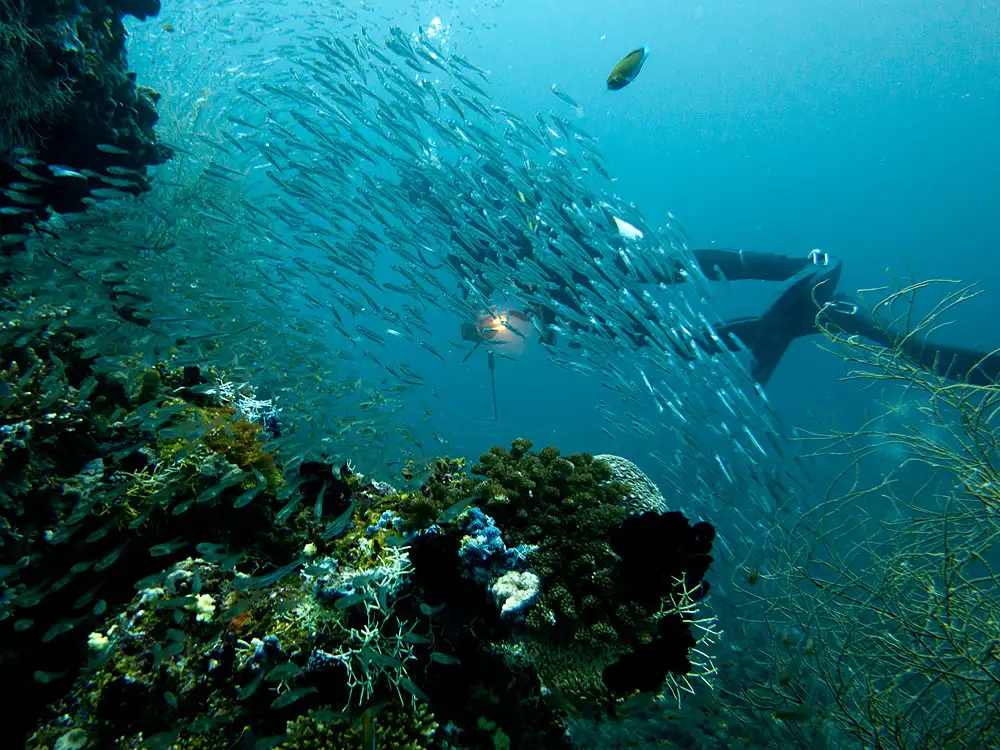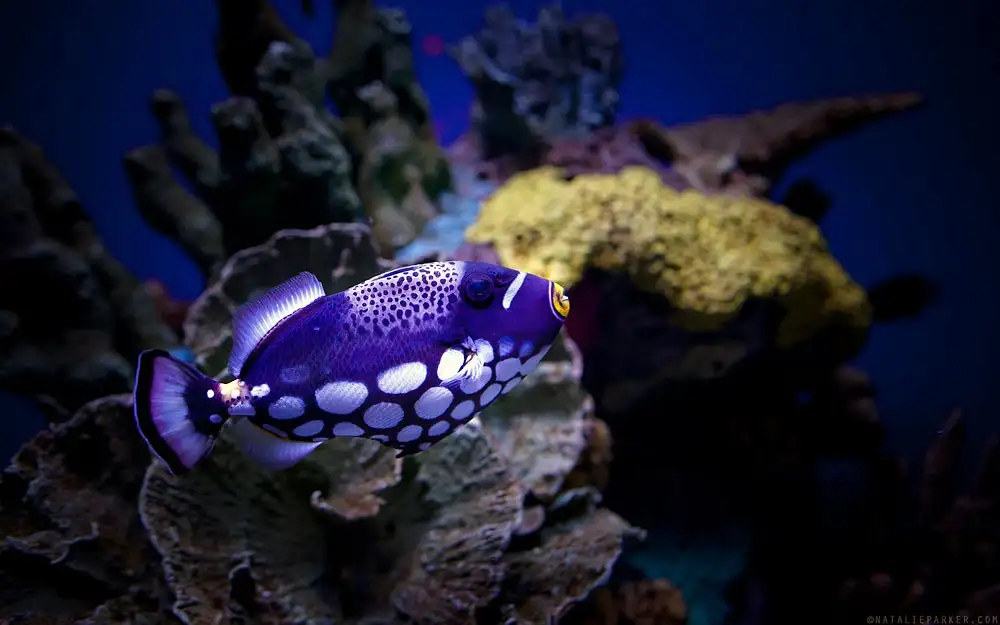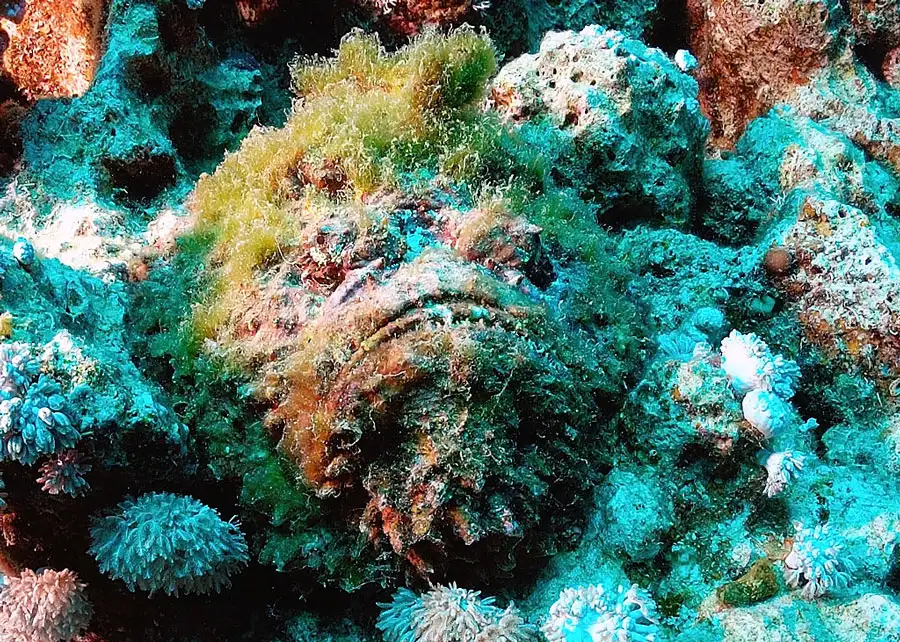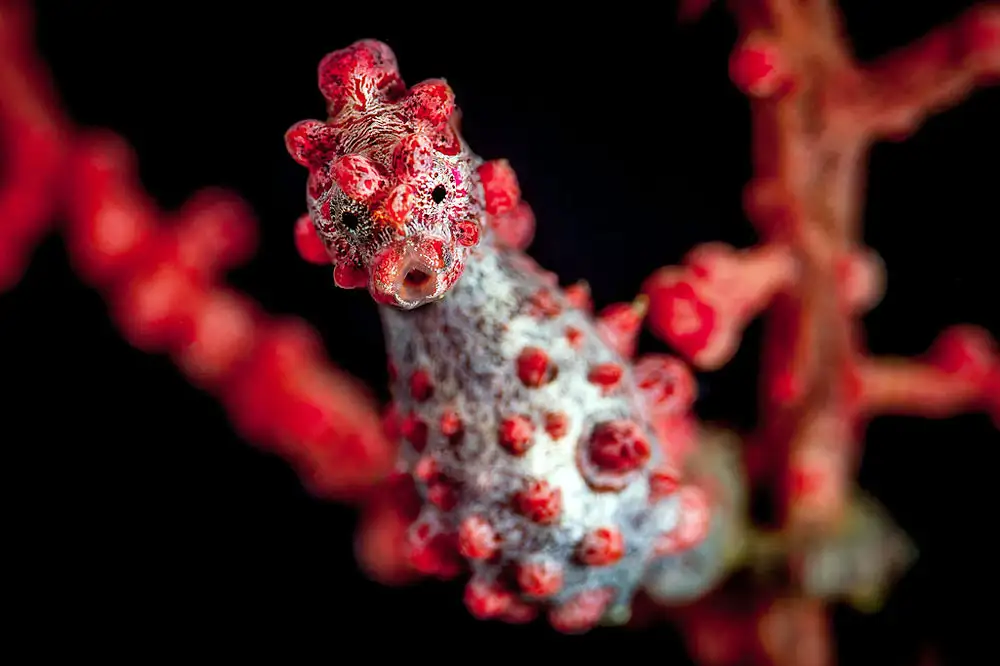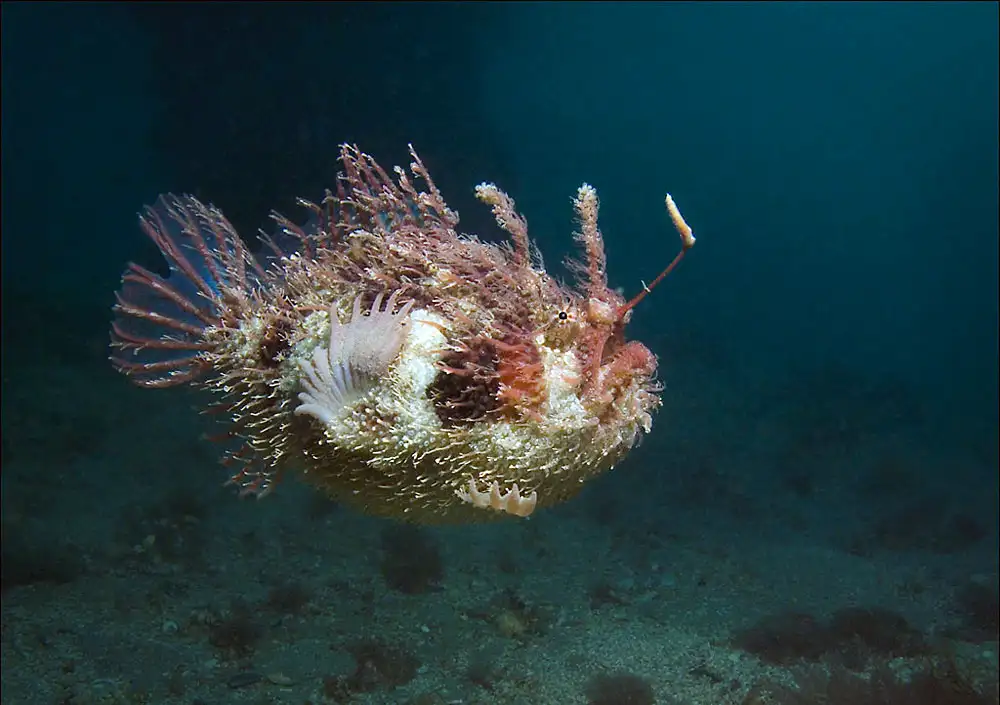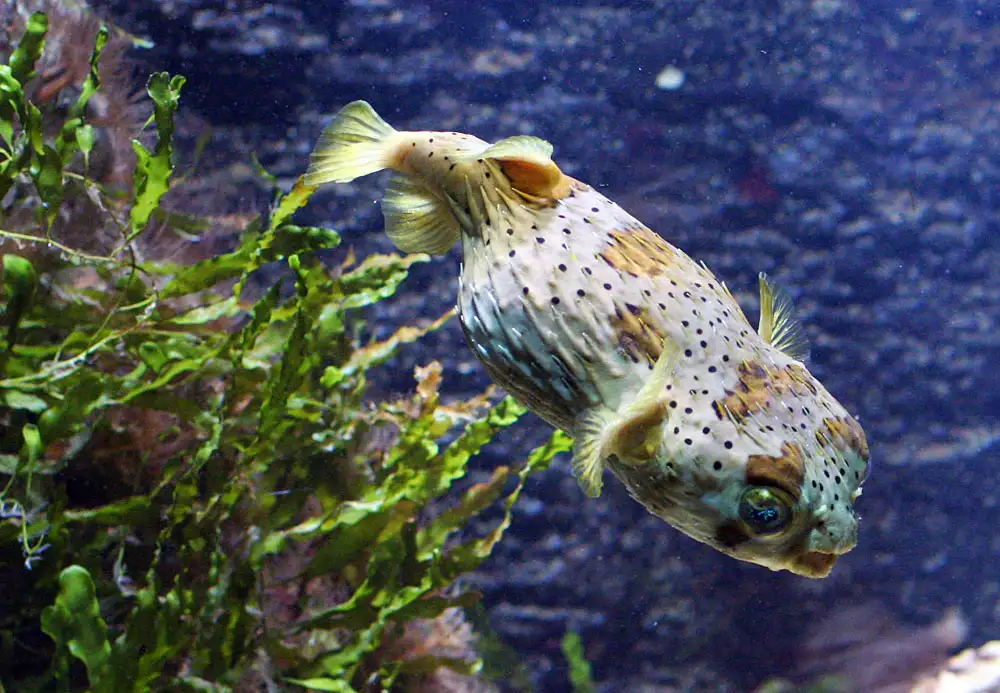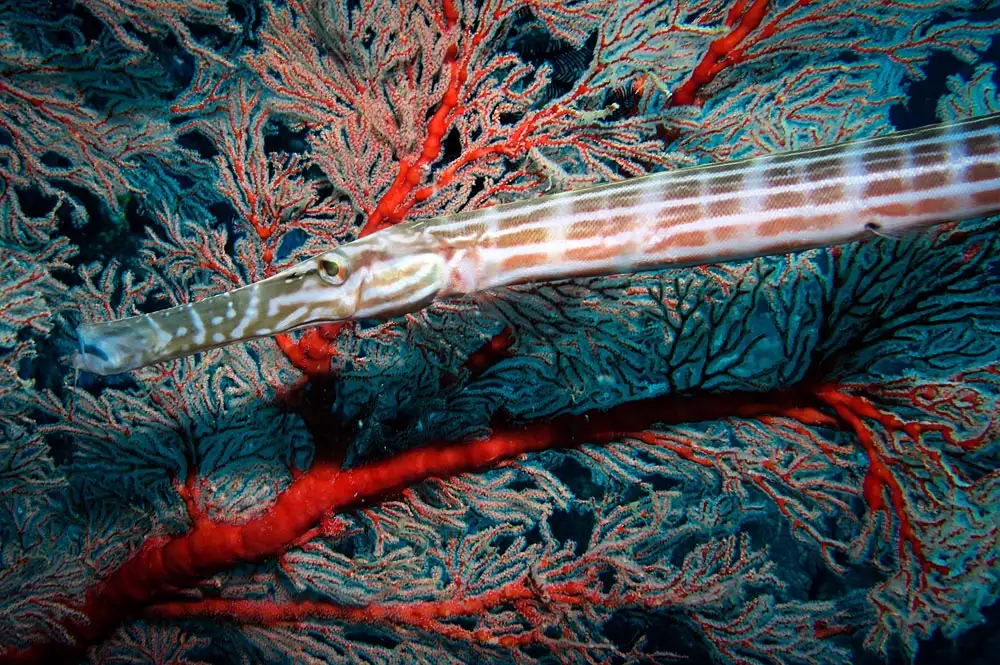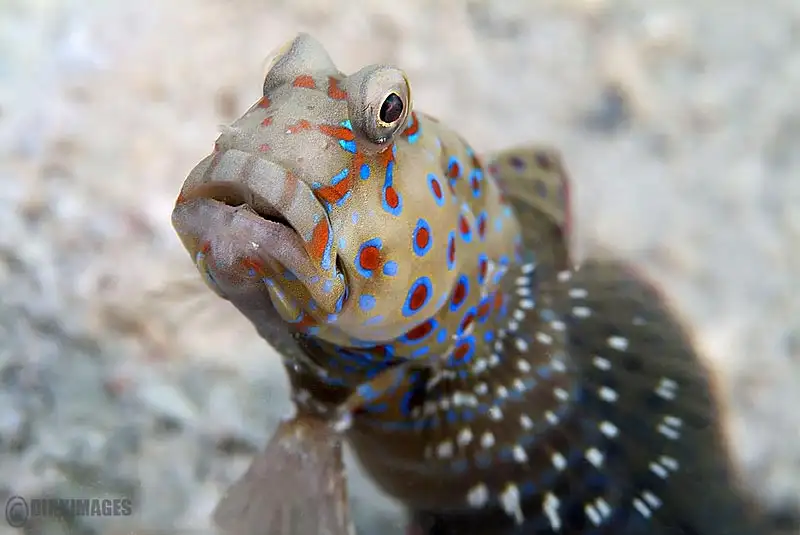Antennarius (Frogfishes · Genus Overview)
IUCN
LCBasic Information
Scientific classification
- name:Antennarius (Frogfishes · Genus Overview)
- Scientific Name:Antennarius
- Outline:Small fish
- Family:Antennariidae Antennarius
Vital signs
- length:3–25 cm; large congeners ~35–40 cm
- Weight:Small to medium benthic fishes; increases with length
- lifetime:Several to 10+ years (estimated)
Feature
Camouflaged ambush predators; illicium + esca lure; ultra‑fast suction strike; benthic walking and short jet propulsion.
Distribution and Habitat
Tropical–subtropical reefs, sponges, seagrass and rubble/algal bottoms (1–50 m).
Appearance
Warty/flappy skin; mottled colours; large distensible mouth; robust limb‑like pectorals/pelvics.
Details
Antennarius—the frogfishes—belongs to the family Antennariidae and epitomisescamouflaged ambush predation. The first dorsal spine transforms into an illicium (“rod”) with an esca (“lure”) that is waved to entice prey, which are then seized via an ultra‑fast suction strike in mere milliseconds.
Ecology & Biology
Feeding: extreme crypsis + lure‑based predation; recorded strike latencies on the order of ~6–10 ms.
Locomotion: not only “walking” on robust pectorals but also short‑range jet‑propulsion by expelling water.
Reproduction: release gelatinous egg rafts/veils into the water column; tiny pelagic eggs/larvae drift before settlement.
Identification
Illicium & esca: the lure varies greatly among species and is key to field ID.
Camouflage: warty skin, flaps and mottling mimic sponges, algae or rubble; some species change colour over days–weeks.
Pectoral/pelvic fins: limb‑like bases allow benthic walking; huge gape with rapid buccal expansion.
Size & Longevity
Length: commonly 3–25 cm, up to ~35–40 cm in large congeners.
Life: estimated several to 10+ years, species/habitat dependent.
Range & Habitat
Widespread in tropical–subtropical seas, most diverse in the Indo‑Pacific but also in the Atlantic/Caribbean, on reefs, sponge gardens, seagrass meadows and algal/rubble substrates from about 1–50 m.
Conservation & Use
Threats: reef degradation, coastal pollution, aquarium collection and incidental bycatch.
Notes: occasionally kept in aquaria; do not handle or relocate individuals in the wild.
IUCN: this is a genus‑level overview; member statuses vary (LC–DD). Marked here as Not Evaluated (NE).
FAQ
Q1. Key field marks? Look for the illicium + esca on the head and the walking posture on robust pectorals; warty skin and mottling aid recognition.
Q2. Dangerous to people? No—frogfishes are small ambush predators; avoid handling to prevent stress or injury.
Q3. Do they change colour? Some species shift hues over days–weeks to match surroundings.
Q4. How to tell from scorpionfishes/stonefishes? Frogfishes carry a visible lure and have a more globose profile; scorpionfishes/stonefishes bear venomous spines and stronger cranial spination.

